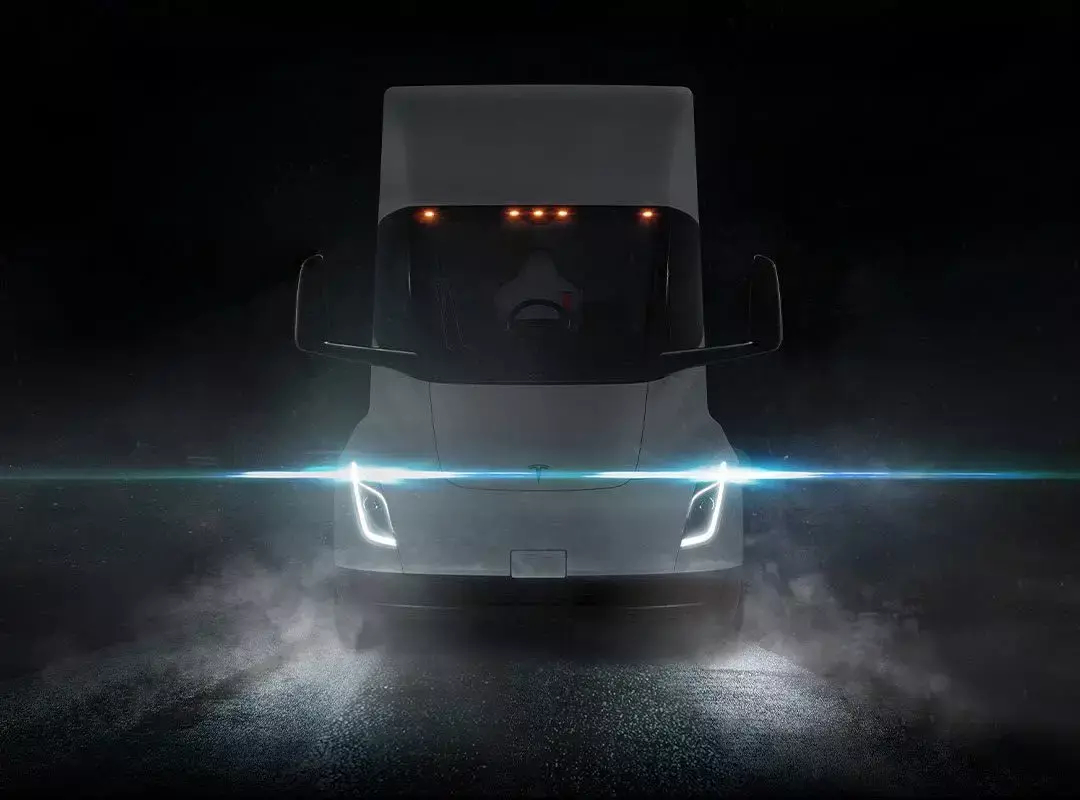A major change to Australian design rules promises to be a “game changer” for Australia’s shift to electric freight transport.
The new rule announced by the federal government will allow wider trucks on Australian roads, bringing the country in line with overseas markets and removing one of the key barriers to local uptake of heavy duty electric trucks, as most overseas-built models were just a few centimetres too wide to meet Australia’s previous standards.
“This Safer Freight Vehicles package responds to direct calls from industry to increase the width limit of trucks and follows extensive public consultation and feedback,” said federal assistant minister for infrastructure and transport Carol Brown.
“These changes will be a real game changer for industry, businesses and other road users, as they will save lives by adopting technology to reduce the likelihood of crashes, while also lowering freight costs and supporting better environmental outcomes.”
The change increases the overall width limit from 2.50 to 2.55 metres for new trucks, as long as they are fitted with safety features such as side guards and devices to limit blind spots.



This is a very common “fuck cars” solution but it’s not clear exactly what is envisaged.
Rail is currently used only for single commodities. In west aus for example grain is hauled from farms to bins in trucks, then bins to ports by rail. Obviously you can’t send trains to every paddock in every farm.
For mixed freight, a grocer 500km from Perth can order whatever at 5pm and have it arrive by trucj at 12pm, ready for it to be shelved ready for sale the next morning.
High speed freight rail just isn’t viable for WA given the low population density. Even if it were, I wonder at whether mixed freight in such short time frames is possible.
Yes I agree that a mixed method is best. However the current predominant method of road is unsustainable and dangerous. For instance, there is no excuse for an expanded east coast line not doing more to service various hubs which trucks can then the ‘final mile’ (yes I know; many 10’s of Ks) delivery.
Yeah, I’m not trying to advocate for trucks but in the example I mentioned mixed freight just wouldn’t be competitive.
By truck, the journey of Warehouse > 500km > Shop can be achieved in 7 hours.
By train, warehouse to train would be 2 hours minimum, 500km would be 8 hours minimum, and train to shop would be 3 or four hours minimum. Basically there’s two additional unload & sort & load events in the train journey, and the train is slower. The ~12 hours outlined here is also the absolute best case - most places in West Aus just don’t have the requisite economy of scale.
I guess there must be solutions which just aren’t apparent because this method of freight isn’t common. Shipping containers would be helpful for example.
deleted by creator